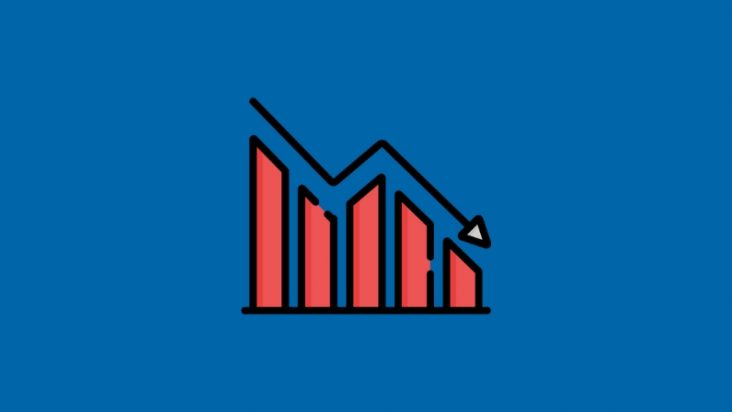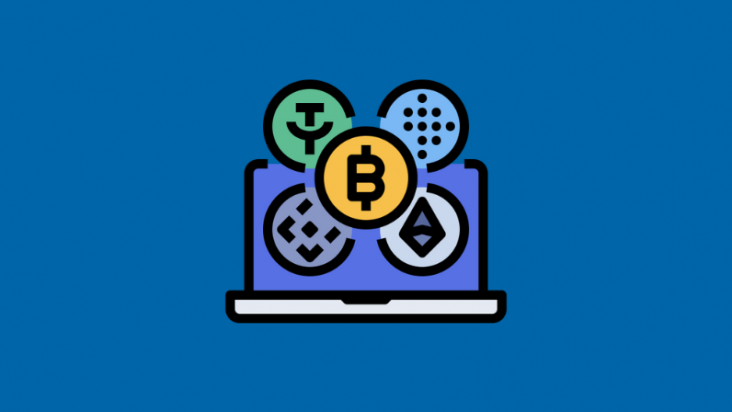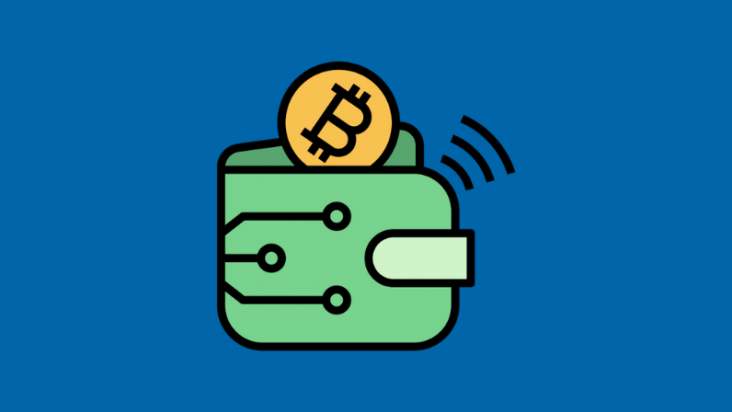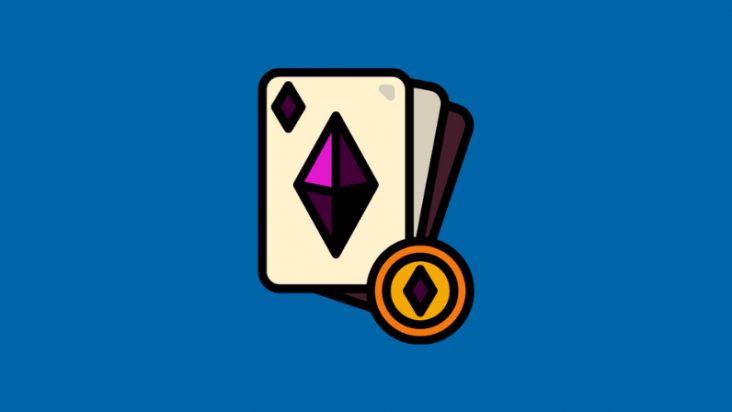
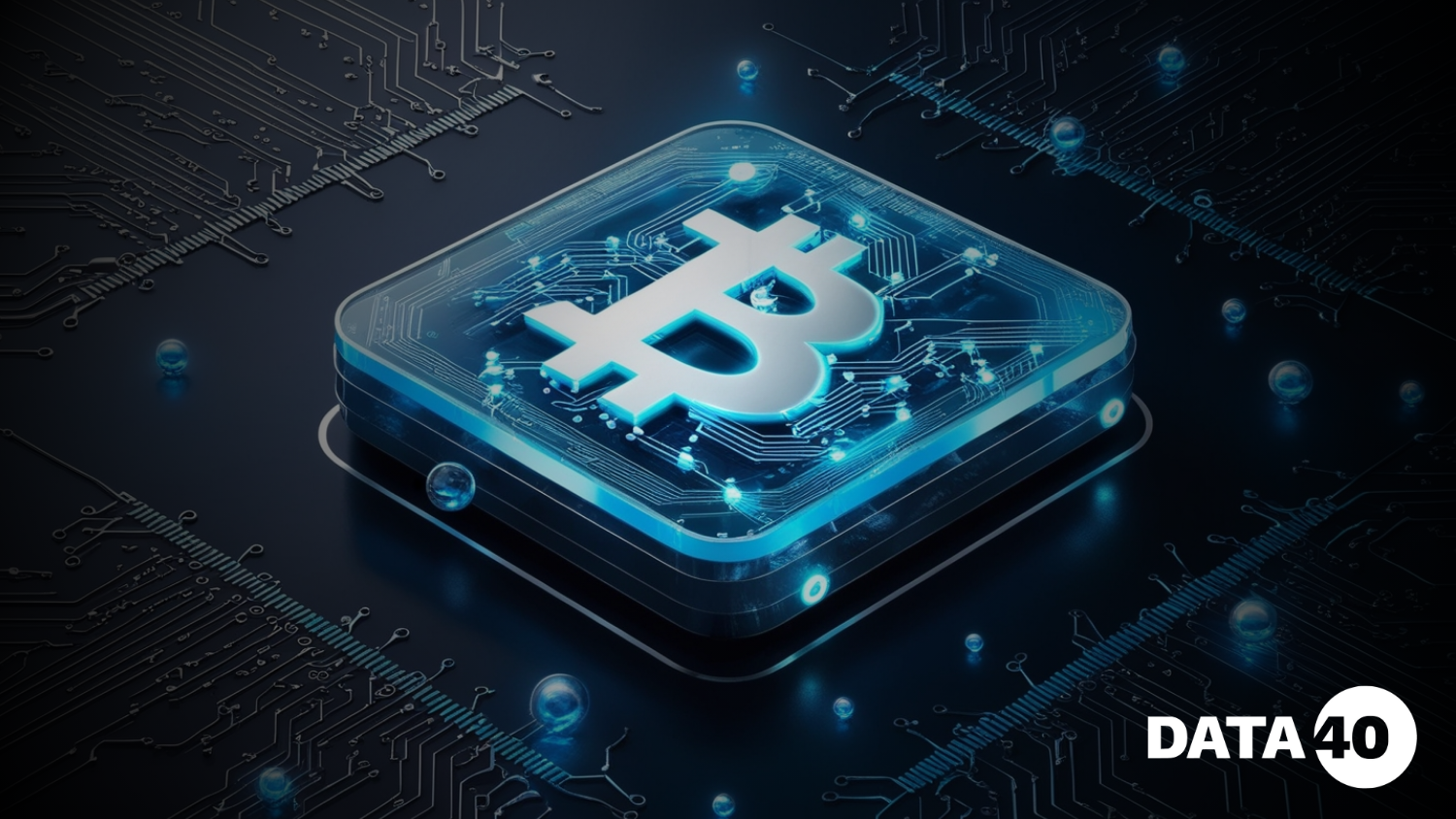
Blockchain is an innovative digital ledger system that records and verifies data in a secure, decentralized, and tamper-resistant manner. At its core, blockchain comprises sequentially linked blocks of data, each containing a cryptographic hash of the previous block, a timestamp, and transaction details. Its decentralized nature eliminates the need for a central authority, making it a revolutionary tool for maintaining transparency and trust across a wide range of industries.
Blockchain Origins and Development
Blockchain was conceptualized by researchers Stuart Haber and W. Scott Stornetta in 1991 to create immutable document timestamps. Its first practical implementation came in 2009 with the creation of Bitcoin by the pseudonymous Satoshi Nakamoto. Bitcoin demonstrated how blockchain could solve the “double-spending problem” in digital currencies without requiring a central authority.
Over the years, blockchain’s applications have expanded beyond cryptocurrency. Emerging fields include decentralized finance (DeFi), non-fungible tokens (NFTs), smart contracts, and supply chain management, among others.
How Blockchain Works
A blockchain operates as a distributed database where data is stored in blocks that are linked together in a chronological sequence, forming a “chain” of blocks. Each block holds validated data, such as transaction details, and is connected to the previous block through a cryptographic hash. This hash acts as a digital fingerprint, uniquely representing the block’s contents and ensuring that any alteration to the data would immediately break the chain’s integrity.
New blocks are created and added to the blockchain through consensus mechanisms, such as proof-of-work (PoW) or proof-of-stake (PoS). These mechanisms ensure that all network participants agree on the legitimacy of transactions.
This decentralized verification process ensures transparency and security. Each network participant has access to the blockchain, making tampering or altering past records exceedingly difficult. This structure eliminates the need for a central authority, fostering trust and enabling blockchain’s use in various applications beyond cryptocurrencies.
Key Features of Blockchain
1. Decentralization: Data is distributed across multiple nodes, removing dependence on a single authority.
2. Immutability: Once data is recorded, it cannot be altered without modifying all subsequent blocks and gaining consensus from the network.
3. Transparency: Transactions are publicly accessible on most blockchains, fostering accountability.
Applications of Blockchain
Blockchain has transformed industries by offering innovative solutions:
– Financial Transactions: It streamlines payment processing, reducing settlement times to seconds and eliminating intermediaries, thereby cutting costs.
– Supply Chain Management: Blockchain provides end-to-end visibility, enabling businesses to track product quality and location in real-time.
– Digital Identity: Companies like Microsoft are leveraging blockchain to give individuals control over their digital identities, enhancing privacy and security.
– Copyright and Royalties: Artists and developers can use blockchain to safeguard intellectual property and automate royalty distribution.
– Healthcare: Blockchain secures electronic medical records and ensures compliance with data protection regulations.
– Internet of Things (IoT): It enables secure device management, ensuring trustworthiness in connected networks.
Advantages for Businesses
Blockchain offers numerous benefits for enterprises:
– Time Efficiency: It reduces transaction processing times from days to minutes.
– Cost Reduction: The shared ledger minimizes duplication and eliminates the need for third-party oversight.
– Enhanced Security: Blockchain’s cryptographic features protect against tampering, fraud, and cyber threats.
Blockchain Mechanics Simplified
Each blockchain network relies on four foundational principles:
1. Shared Ledger: A collaborative database where transactions are recorded once, preventing redundancy.
2. Permissions: Secure access controls ensure compliance with privacy regulations like GDPR and HIPAA.
3. Smart Contracts: Self-executing agreements automate business transactions, enhancing efficiency.
4. Consensus Mechanisms: Various methods, such as PoW or PBFT (Practical Byzantine Fault Tolerance), validate transactions across the network.
Blockchain Types
1. Public Blockchains: Open to all participants, these networks prioritize transparency but may compromise confidentiality.
2. Private Blockchains: Access is restricted to specific organizations, offering better security and privacy for sensitive data.
Security Considerations
Blockchain’s robustness is often touted, but vulnerabilities like the 51% attack can undermine its integrity. This occurs when a single entity controls the majority of a network’s computational power, allowing it to manipulate transaction data. While this is challenging on large networks like Bitcoin and Ethereum, smaller blockchains remain susceptible.
Developers must prioritize security by conducting risk assessments, threat modeling, and thorough code analysis. Building secure blockchain applications from the outset is crucial to sustaining trust and functionality.
Blockchain vs. Traditional Systems
Blockchain’s transparency and decentralization distinguish it from conventional databases and banks, offering a fundamentally different approach to managing data and transactions. In finance, blockchain eliminates intermediaries, such as banks or payment processors, reducing transaction costs and significantly increasing speed. This makes it an attractive option for cross-border payments, where traditional systems are often slow and expensive due to the involvement of multiple intermediaries. Blockchain’s decentralized nature ensures that no single entity has control, enhancing security and reducing the risk of fraud or unauthorized alterations.
Conversely, traditional banks provide certain advantages that blockchain systems typically lack. For instance, banks offer robust customer protections, such as fraud detection, chargebacks, and dispute resolution, which are absent in most blockchain platforms. Centralized oversight in banking also allows for regulatory compliance and accountability, ensuring a level of trust for consumers. While blockchain introduces groundbreaking innovations, it also raises questions about how to balance decentralization with the consumer safeguards present in traditional banking systems.
Future of Blockchain
The potential of blockchain extends beyond current applications:
- Voting Systems: Blockchain’s transparency and immutability could revolutionize democratic elections by preventing tampering and ensuring accurate vote counts.
- Smart Cities: From energy management to public safety, blockchain could underpin the infrastructure of future urban environments.
- Sustainability: Blockchain can track carbon credits and enhance accountability in environmental initiatives.
Blockchain is driving significant change across various industries by offering secure, decentralized, and transparent solutions. Its diverse applications include streamlining financial transactions, enhancing supply chain traceability, and safeguarding healthcare data. Although hurdles like scalability and potential security threats persist, ongoing advancements and strategic implementations are paving the way for blockchain to become an integral component of global technological frameworks.





